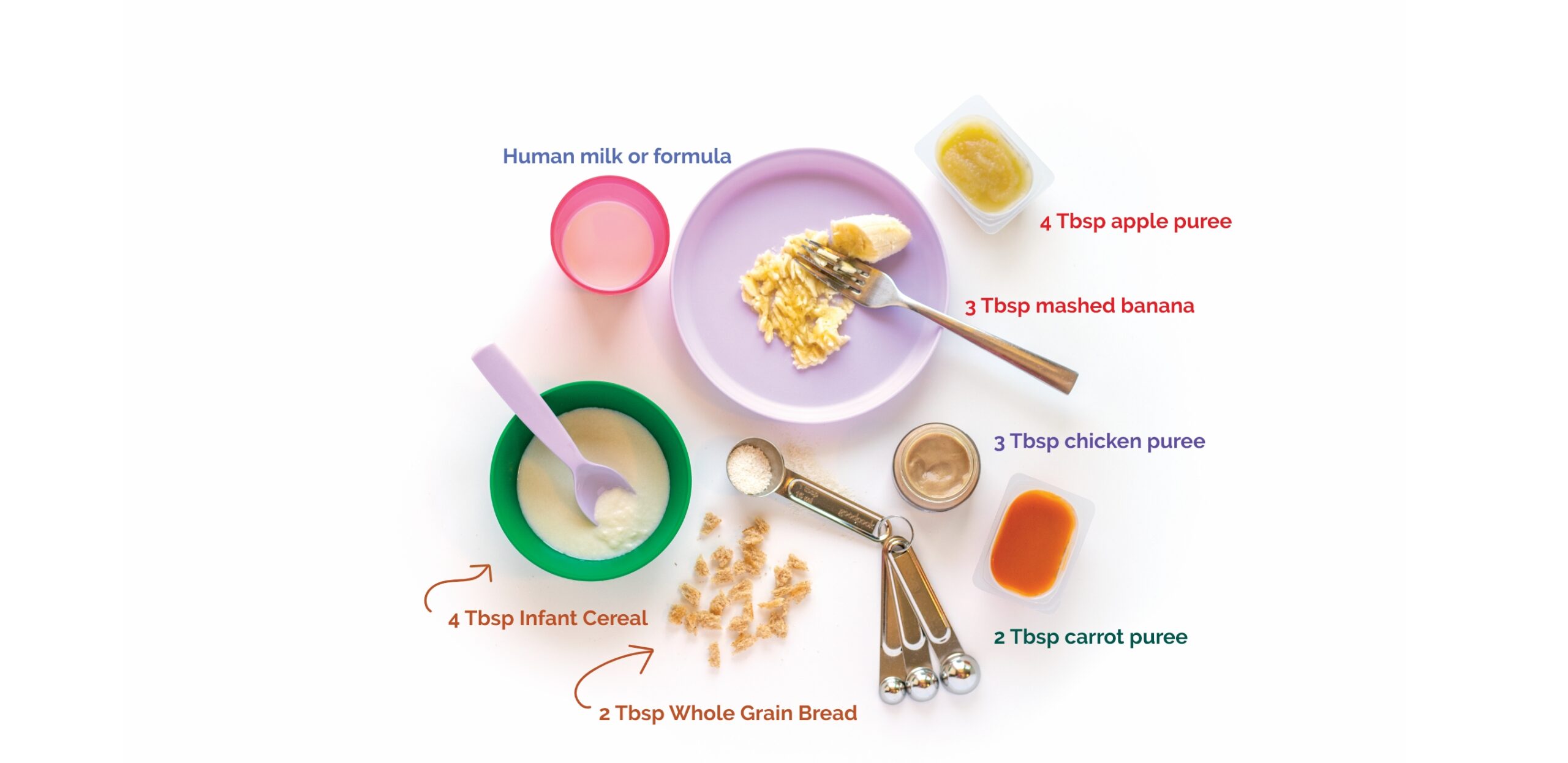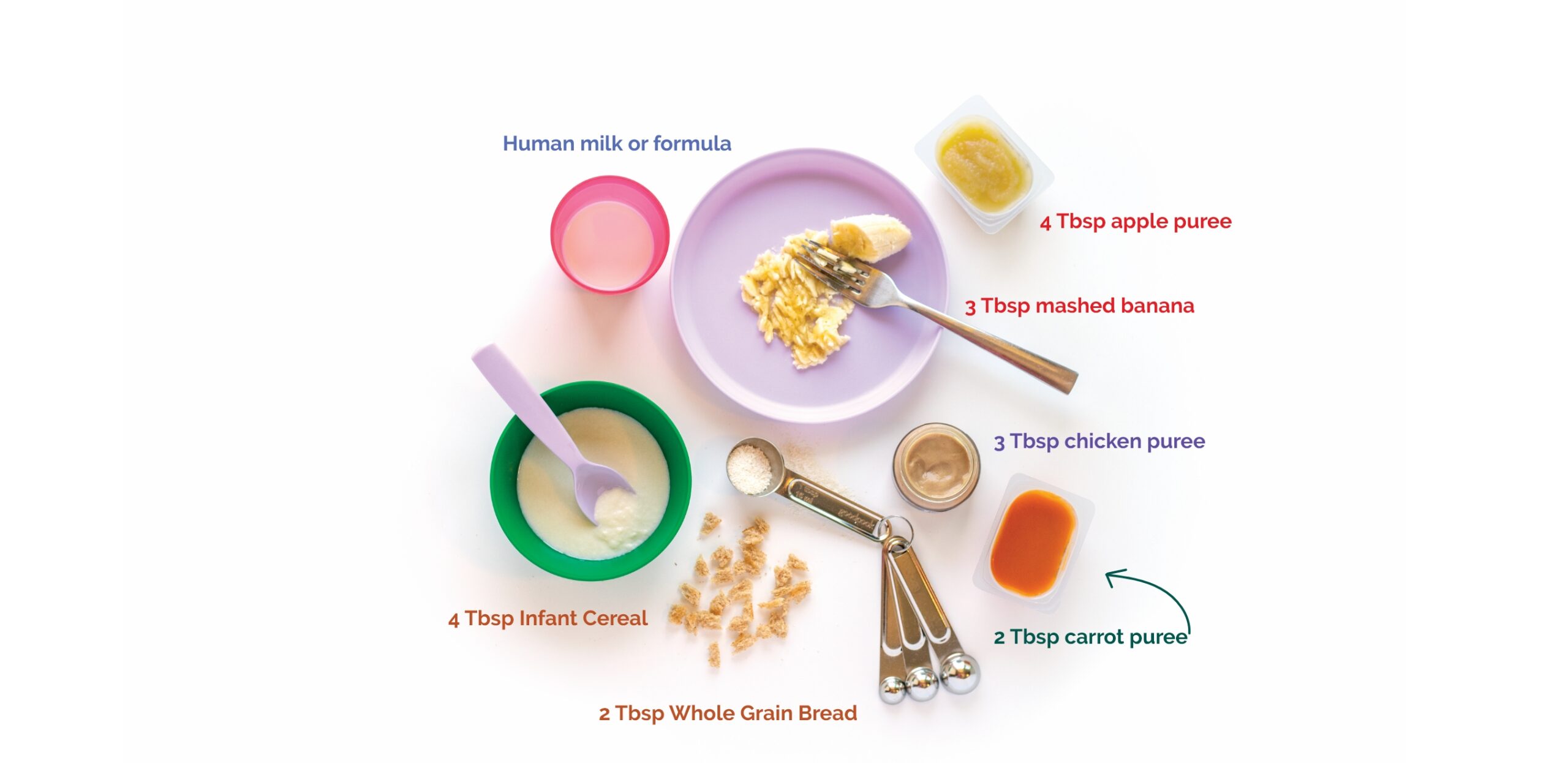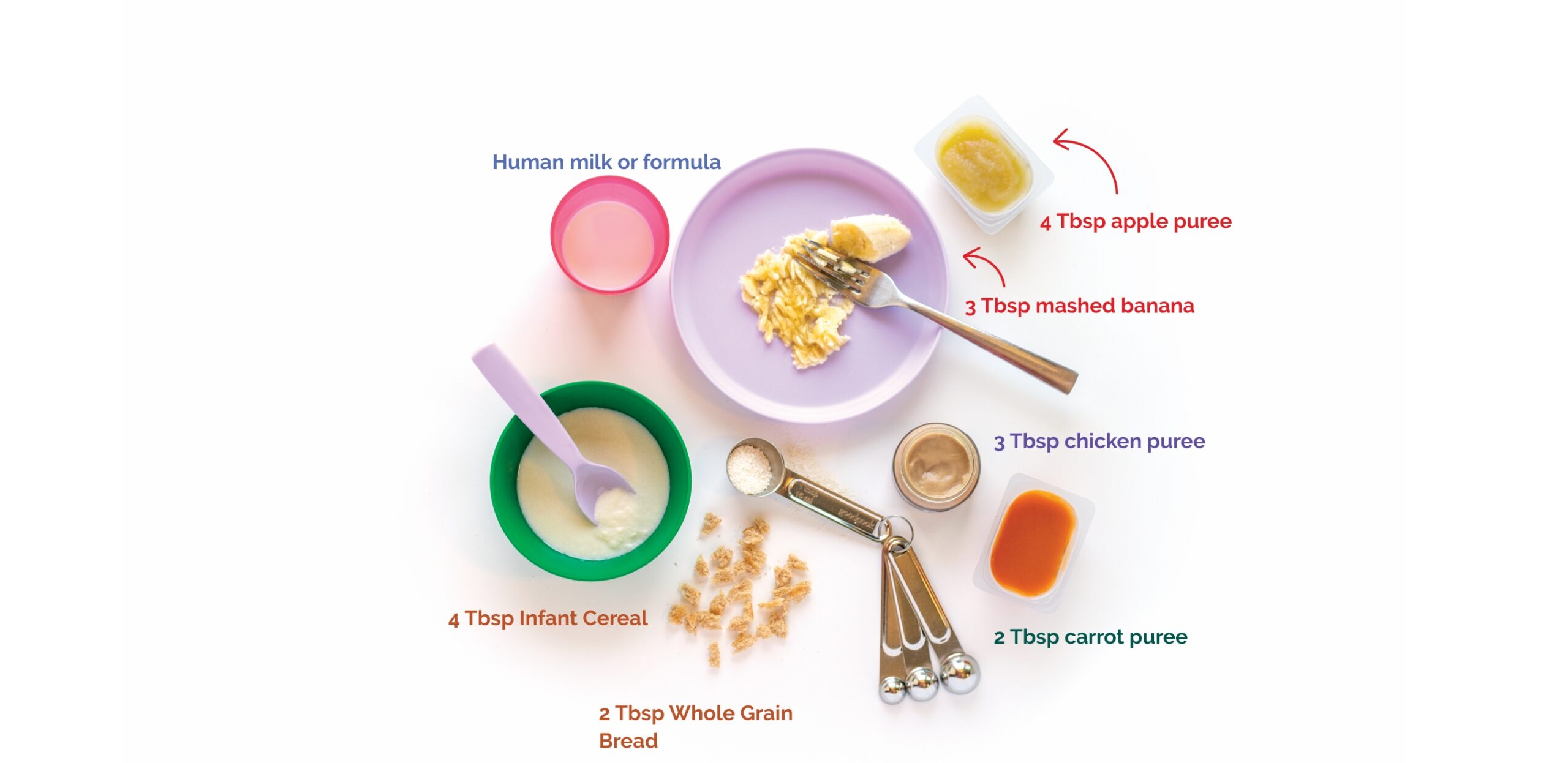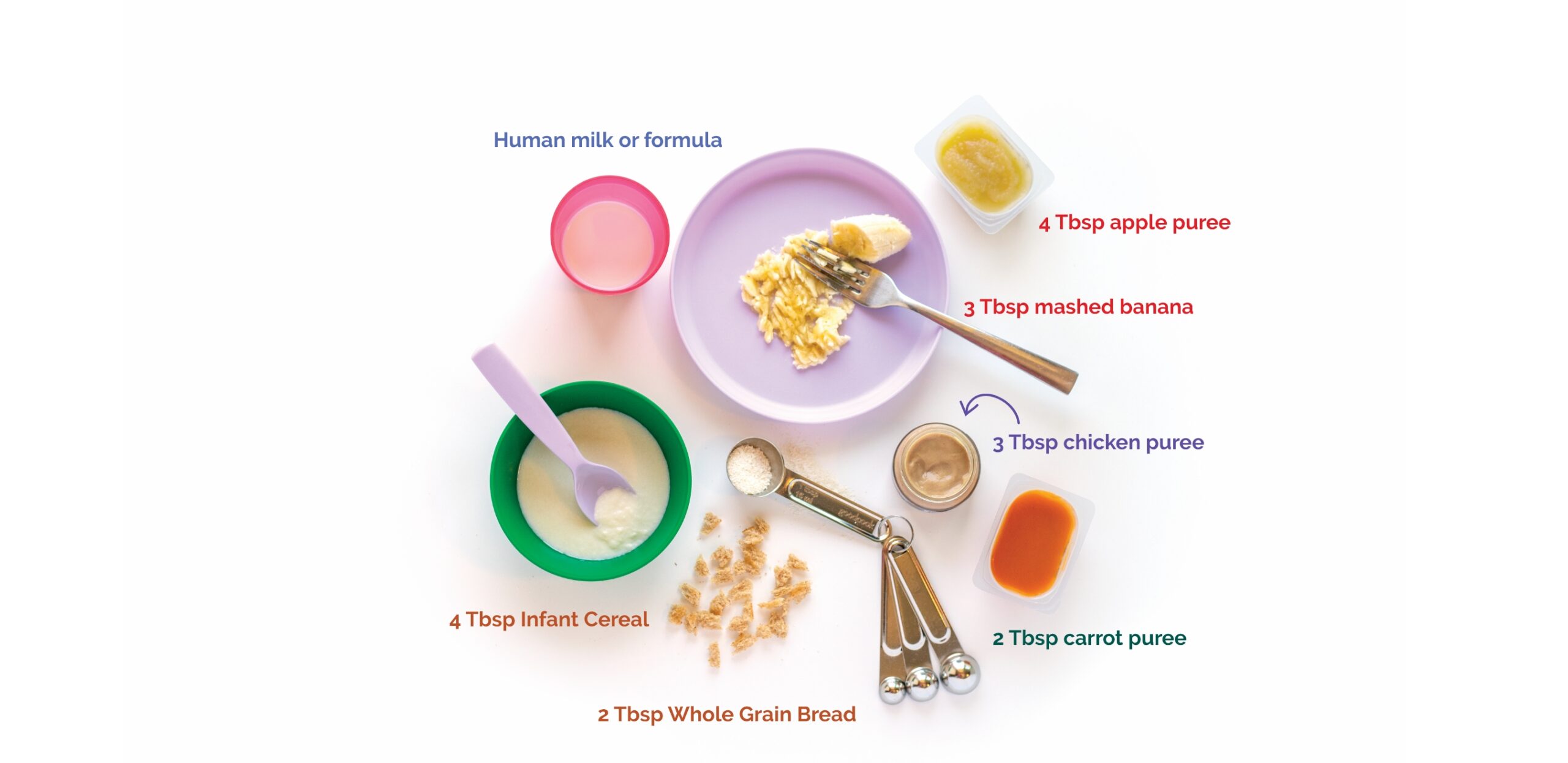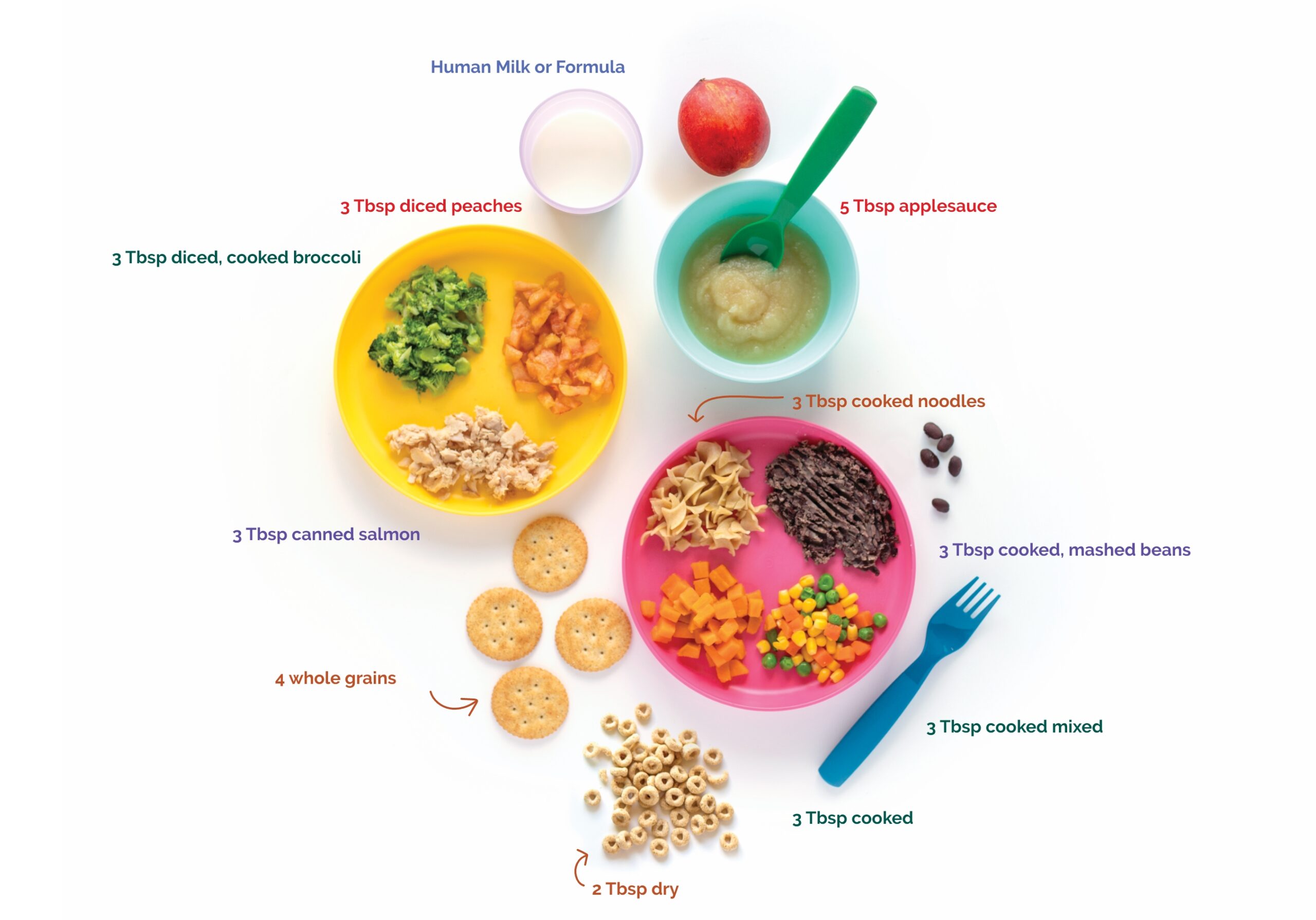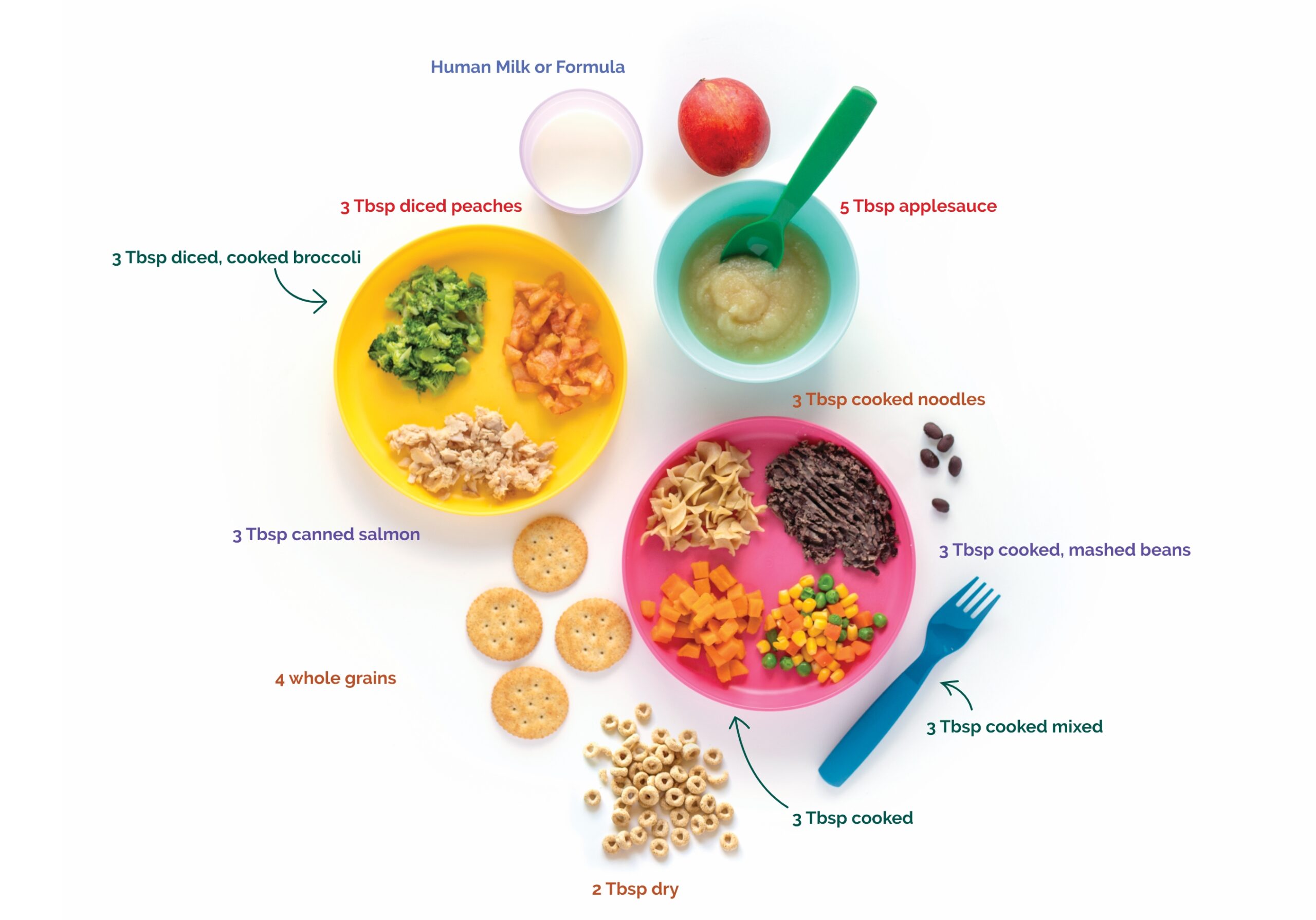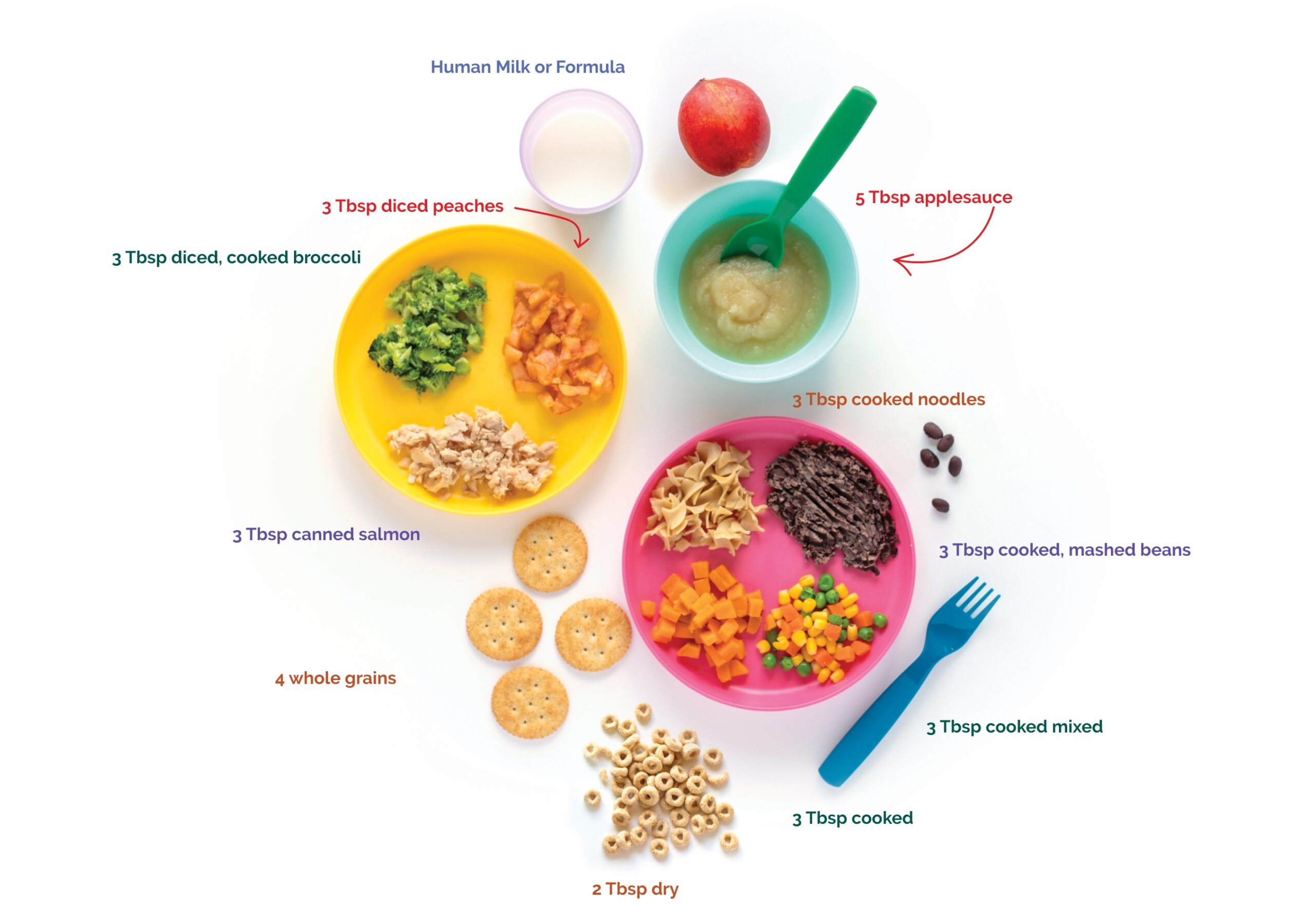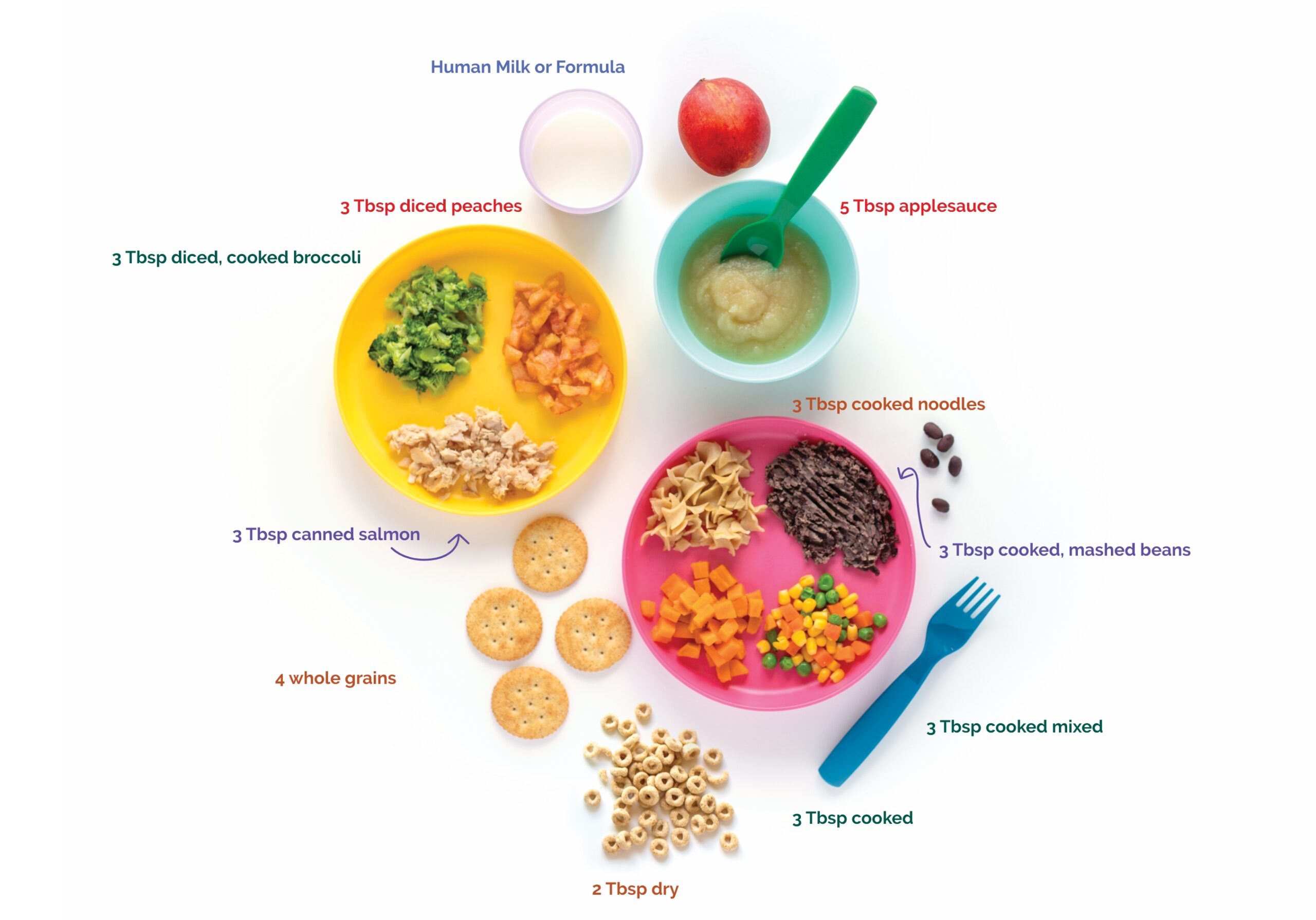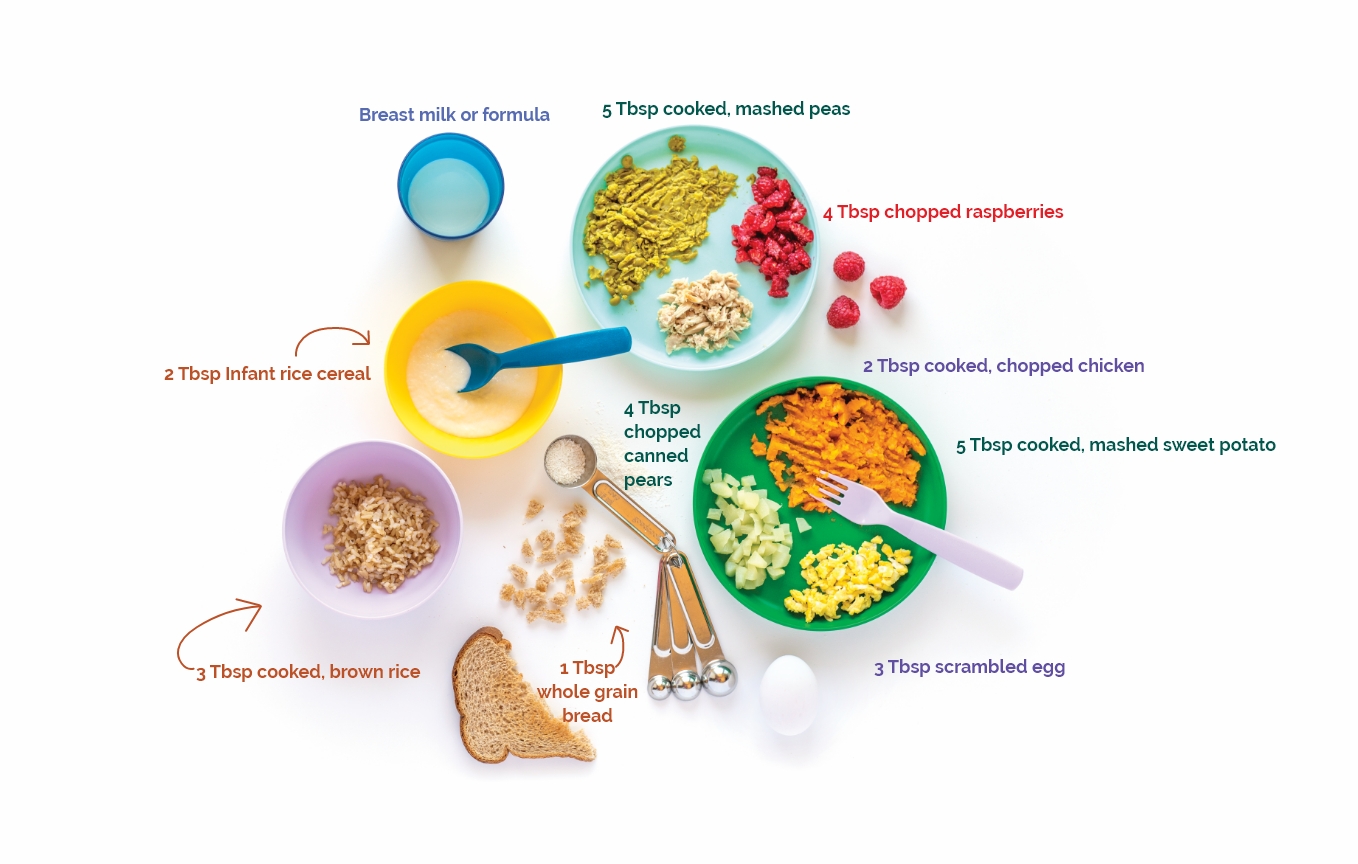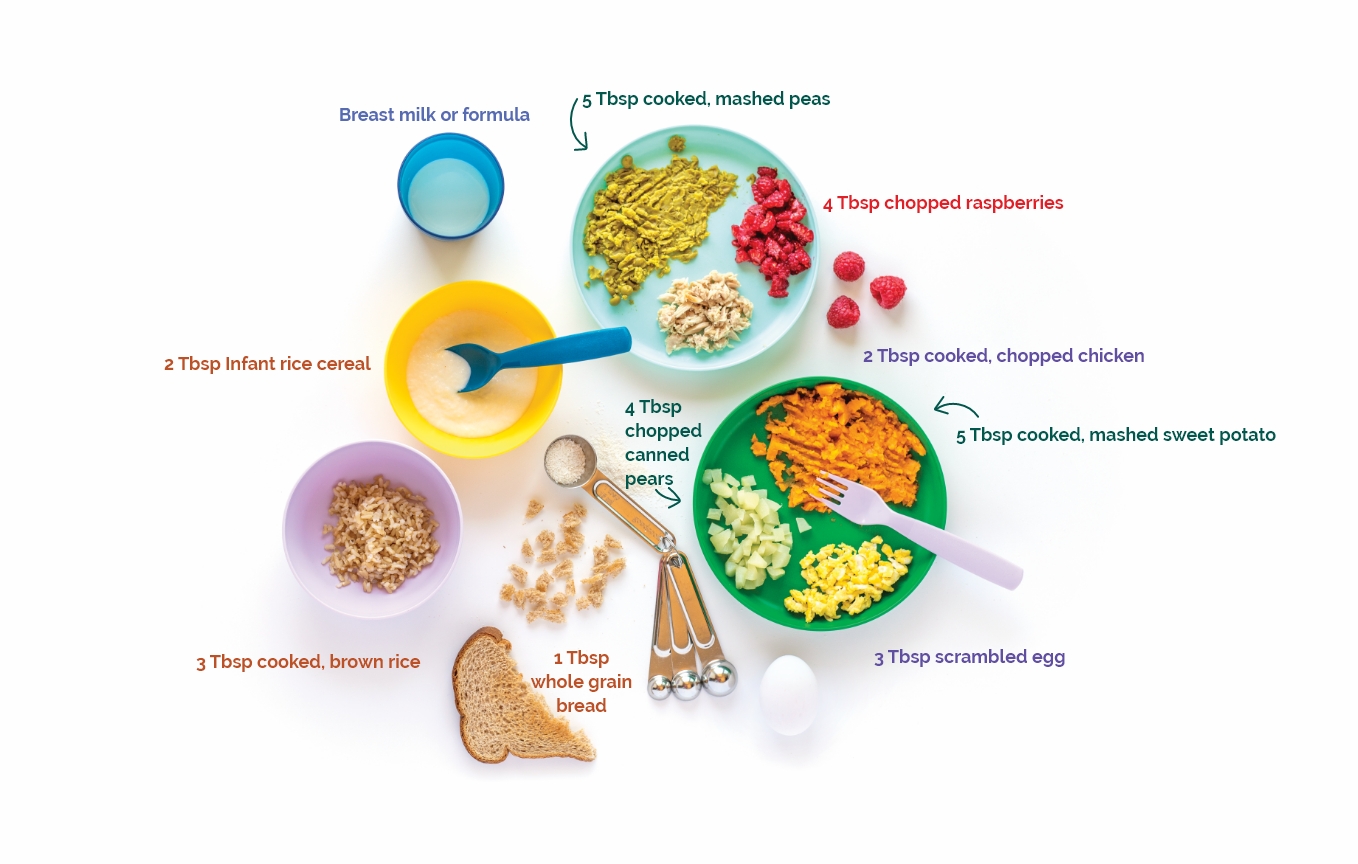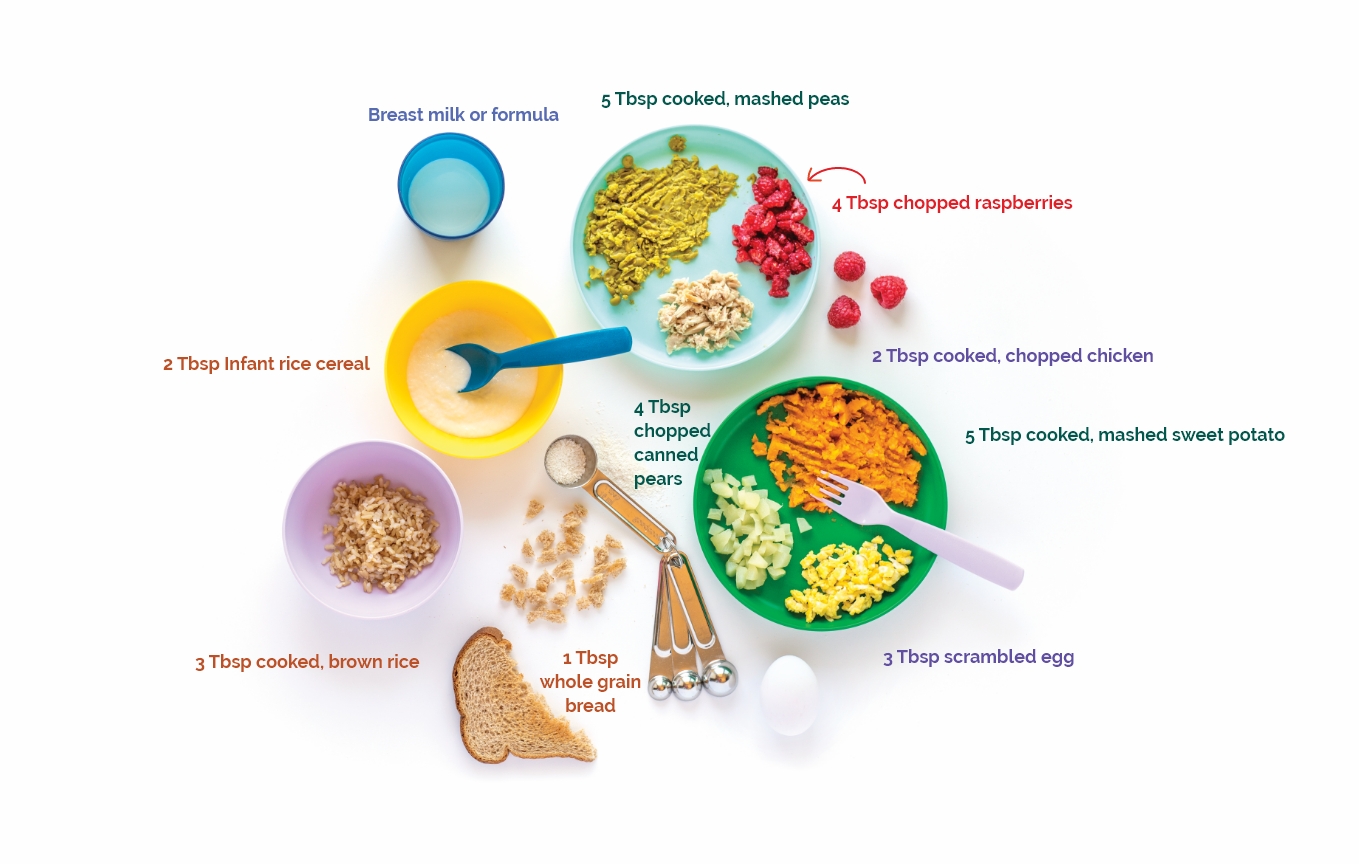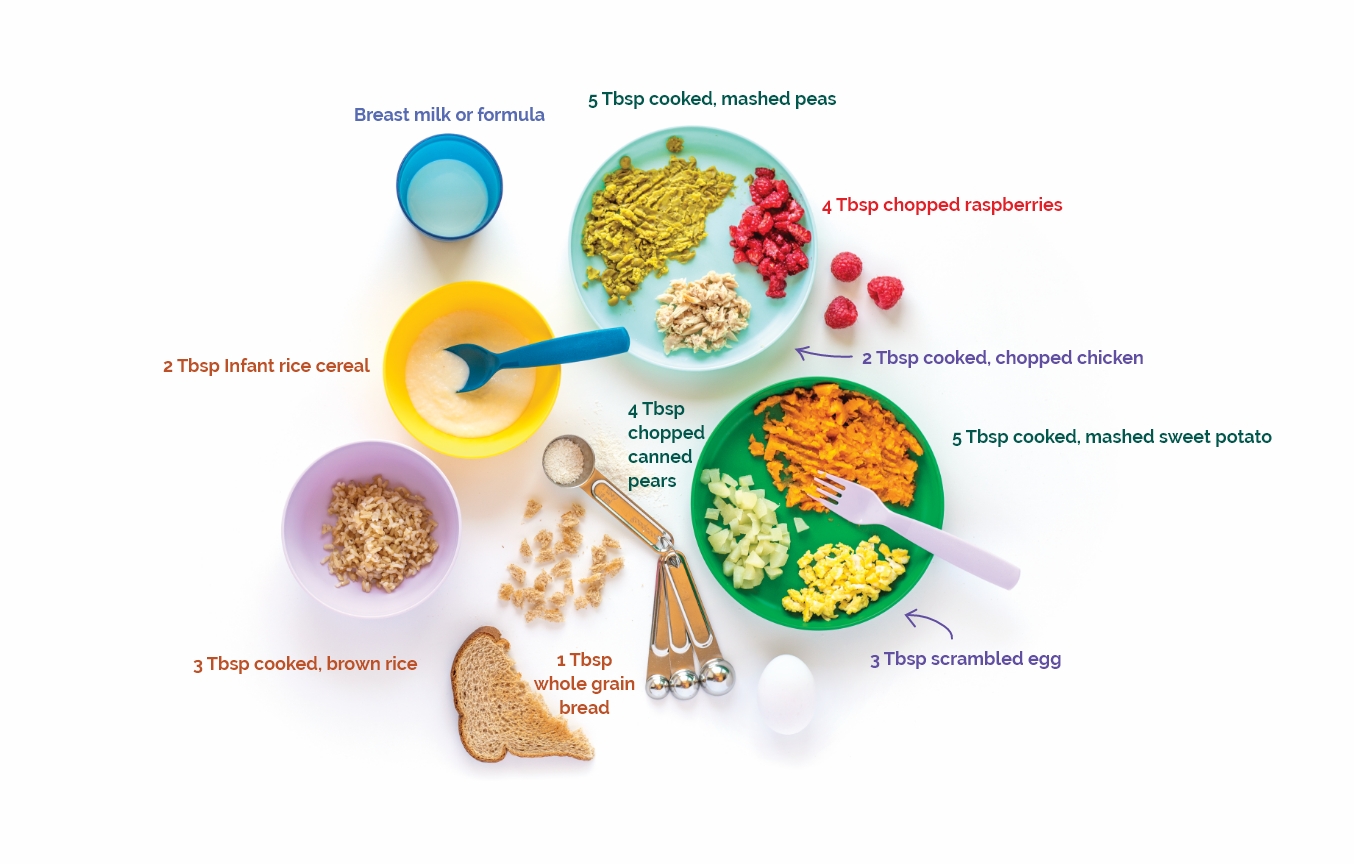
Kid-Friendly Calcium
- Home
- Live Well Blog
- Kid-Friendly Calcium
You probably know that calcium is important for building strong bones and teeth. But did you know that having enough calcium in your diet also:
- Helps regulate the heart and muscle contractions.
- Decreases the risk of high blood pressure, cardiovascular disease, obesity, metabolic syndrome, type 2 diabetes, Alzheimer’s disease, colorectal cancer, and osteoporosis.
- Helps keep blood pressure normal during pregnancy.
Unfortunately, many American children and adults don’t get enough calcium!
How Much Calcium is Enough?
0-6 months
200 mg
7-12 months
260 mg
1-3 years
700 mg
4-8 years
1,000 mg
14-18 years
1,300 mg
Pregnant teens 14-18 years
1,300 mg
Pregnant women 19-50 years
1,000 mg

The easiest way to help your family get enough calcium is to serve milk, yogurt, or cheese with meals. But don’t worry if some family members don’t like dairy, there are other foods with calcium and it’s easy to add dairy while cooking.
Here are some kid-approved tips for getting more calcium:

- Use evaporated milk—which has twice the calcium of regular milk—when cooking and baking. Evaporated milk works great for making mashed potatoes, corn or fish chowder, and creamy broccoli or pumpkin soup. Check out this easy Pumpkin Curry Soup recipe.
- Add cheese to mashed potatoes, eggs, baked potatoes, pasta, sandwiches, sauces, and vegetables.
- Serve calcium-rich veggies like kale, broccoli, bok choy, and collard greens. Make a yummy, creamy soup with cooked potatoes and broccoli, milk, cheese, and seasoning.
- Choose frozen yogurt over ice cream; it has more calcium.
- String cheese is a great portable snack and is yummy with apple slices.
- Add sliced cheese to sandwiches or melt grated cheese into macaroni and cheese. Grilled cheese sandwiches are a kid favorite!
- Make a “Shrek Shake” or a “Kermit Kooler” by adding calcium-rich kale to your favorite smoothie.


- Make salmon patties using canned salmon. Shape them into “nuggets” or patties that can be eaten on a sandwich or in a hot dog bun.
- Use plain Greek yogurt as a substitute for sour cream in dips, sauces, and toppings.
- Make homemade hummus with chickpeas or great northern beans, lemon juice, garlic, and tahini (sesame seed butter). Sesame seeds are a surprisingly good source of calcium.
- Make oatmeal and other hot cereals with milk instead of water.
Got Calcium? Find it in Your
WIC Shopping List!
- Milk, plant-based milk substitutes, yogurt, and tofu provide excellent sources of calcium. Milk has vitamin D, which is also needed for strong bones.
- Some WIC-approved breads, cereals, and WIC juices have added calcium; check the label to make the best choice.
- Some brands of tortillas have more calcium— check the label to choose the best one.
Did you know?
Prenatal supplements don’t contain all the calcium you need. Women who don’t get 4 servings of calcium-rich foods daily are at a greater risk for problems during pregnancy like pre-eclampsia and high blood pressure. Ask your healthcare provider about a calcium supplement.
Lactose Intolerant? Dairy is Not Off the Table!
Even if lactose intolerance is an issue, it doesn’t mean dairy is a no-go. Cheese has smaller amounts of lactose and fermented milk products like yogurt and kefir are easier to digest. Many brands of milk also have a lactose-free version.
Strong bones, happy homes! Whether it’s a glass of milk, a slice of cheese, or a spoonful of yogurt, getting enough calcium is easy when the whole family’s in on it.
Let’s raise our forks (and glasses) to healthy, calcium-packed meals—one bite at a time!
REFERENCES:
Author: Bridget Swinney MS, RDN, LD
Nestle Carnation. Pumpkin Curry Soup.
https://www.verybestbaking.com/carnation/recipes/pumpkin-curry-soup/
Calcium Fact Sheet for Health Professionals, National Institutes of Health
https://ods.od.nih.gov/factsheets/Calcium-HealthProfessional/
Zhang X, et al. Milk consumption and multiple health outcomes: umbrella review of
systematic reviews and meta-analyses in humans. Nutr Metab (Lond). 2021; 18: 7.
https://www.ncbi.nlm.nih.gov/pmc/articles/PMC7789627/
GJ Hoffmeyr et al. Pregnancy Hypertens. 2021 Mar; 23: 91–96.
Low dietary calcium is associated with the hypertensive disorders of pregnancy, and evidence suggests that the risks associated with pre-eclampsia are reduced by calcium supplementation. Low dietary calcium intake is also associated with hypertension in the non-pregnant population.
Hofmeyr GJ, Seuc A, Betrán AP, Cormick G, Singata M, Fawcus S, Mose S, Frank K, Hall D, Belizán J, Roberts JM, Magee LA, von Dadelszen P; Calcium, Pre-eclampsia Study Group. The effect of calcium supplementation on blood pressure in non-pregnant women with previous pre-eclampsia: A randomized placebo-controlled study. Pregnancy Hypertens. 2021 Mar;23:91-96. doi: 10.1016/j.preghy.2020.11.012. Epub 2020 Dec 3. PMID: 33302116; PMCID: PMC7910271.
https://www.ncbi.nlm.nih.gov/pmc/articles/PMC7910271/
Perry, A. et al. BMJ Nutr Prev Health. 2022; 5(1): 118–133.
Low calcium intake decreases plasma calcium concentration leading to activation of the renin-angiotensin-aldosterone system (RAAS). Activation of the RAAS stimulates the release of parathyroid hormone and parathyroid hypertensive factor and the release of calcitriol. This results in increased calcium concentration in the vascular smooth muscle cell causing vasoconstriction and results in high BP.
88 https://www.ncbi.nlm.nih.gov/pmc/articles/PMC9237898/
WIC Food Packages Regulatory Requirements
https://www.fns.usda.gov/wic/food-packages/regulatory-requirements
